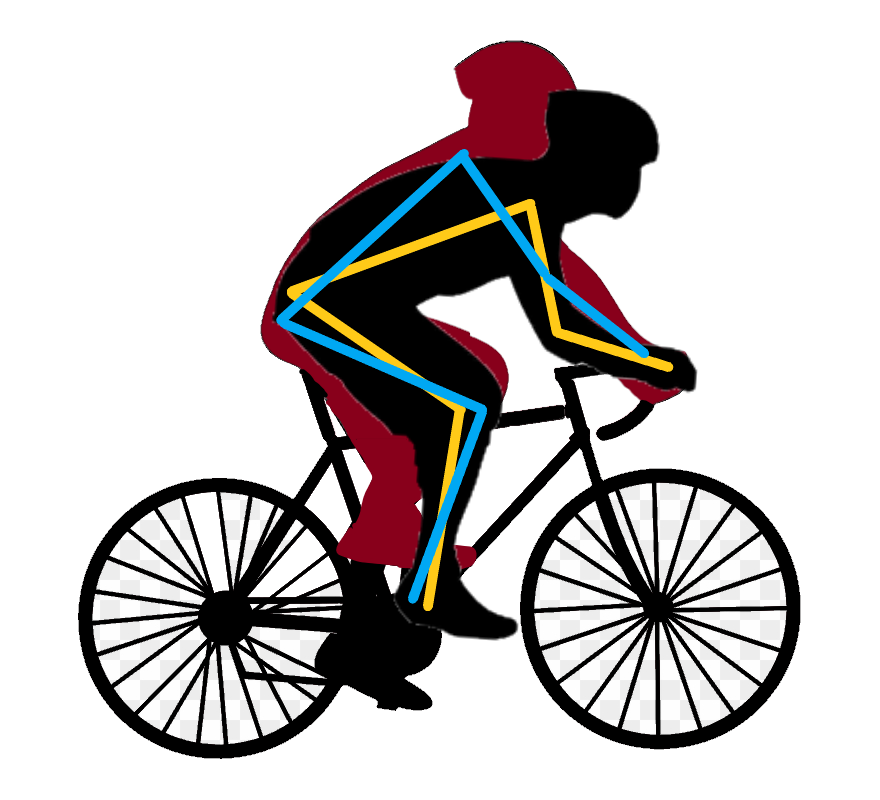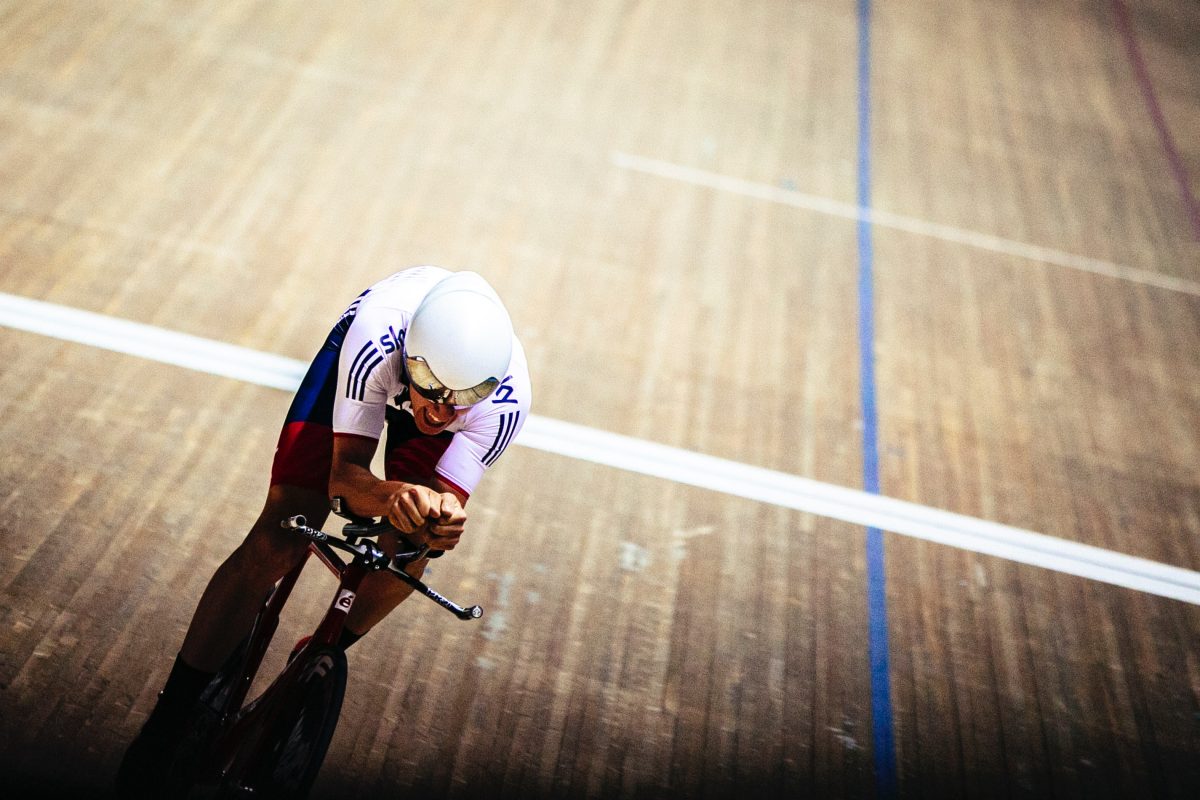For many amateur cyclists, The problem is not the competition, but muscle tension in their neck, which makes longer rides torture. Here are the best tips to fight neck problems.
Cyclists inevitably find themselves in a dilemma: on the one hand, they want to beat air resistance by being as compact as possible in an aerodynamic position and flying over the roads as fast as an arrow; on the other hand, an aggressive and deeply forward flexed position demands a lot from back and shoulder muscles that the neck often starts to hurt. How far away from your aerodynamic standards should you go and prefer a comfortable sitting position? And to what extent does an athletic posture need to be accompanied by mobilization and strengthening exercises or make them possible in the first place?
Let’s stay with the question of a suitable sitting position for the time being. For bicycle and ergonomics expert Richi Lüscher of Velo Plus in Wetzikon, there is no numerical formula that breaks down a perfect seating position. “The position a rider wants to and can adopt on a road bike depends on his aerodynamic requirements, but also on his physical condition and the amount of time he spends on the bike”.
First step: upright position
For hobby riders who primarily plan longer rides, Lüscher recommends a slightly shorter top tube and a longer head tube compared to the classic road bike geometries, which both ensure a more upright posture. “With the advent of cycling tours and road bike marathons, more and more manufacturers are taking into account the needs of hobby cyclists for a comfortable frame geometry,” says Lüscher, “and the handlebars of such Endurance models are also ergonomically shaped somewhat differently than conventional handlebars for racing use.

Expert Lüscher considers this development towards more comfortable frame geometries to be quite sensible, because “anyone who sits in the saddle for several hours, values comfort over aerodynamics”. In order to determine the ideal frame size and the appropriate angles, Velo Plus offers its customers a comprehensive analysis with the measurement of their height, taking into account their individual needs (comfort, normal, sport, competition).
Small adjustments with big impact
For those who already own a bike, however, detailed adjustments can also improve this issue. Often a few centimeters are enough to change the head position decisively. A posture correction can result in a steeper and shorter stem (at best, turning the existing stem is sufficient) or the correct adjustment of the saddle position. Richi Lüscher says: “Flat and long stems force a stretched body position, which means that the head has to be placed heavily on the neck in order to have a good view of the road. And if the saddle is too high, the legs have to be completely stretched when pedalling. This causes the pelvis to tilt to the side each time. This rocking movement puts strain on the lower back and, as a result, on the neck and shoulder muscles.”
See Ten points for a comfortable bike position
Physical Weakness
But not only it is not just the bike and position that are causing your neck problems. you body could be the crucial weak point.
See Five Sources of Neck Stress when Cycling
Physiotherapist and personal trainer, Karin Seidel confirms: “Cyclists in particular are often very one-sided and do not take much care of their back and shoulder muscles, even though they are particularly stressed when cycling. In addition, with increasing age (which is the age at which most road cyclists are) the cervical spine is not as flexible as it was in younger years. This means that the surrounding muscles are overloaded much more quickly”.
For Karin Seidel, the focus is not on stretching exercises, but on mobilization and strengthening exercises that make the neck area more flexible and stronger. “Some exercises are performed regularly, take only a little time, but already have a major effect”. This is especially true at the beginning of the season, when you are not yet used to going out for several hours.
Exercises during the ride
But even well-trained athletes are not always immune to overuse pain, so that even professionals can be seen performing acrobatic relaxation exercises on their bikes at high speed (mostly when riding downhill). A little more moderate can also bring relief to amateur cyclists, e.g. by briefly getting out of the saddle and stretching the back in a hollow back position, alternating with a cat’s hump.
For home use, Karin Seidel, a trained movement scientist, has compiled five specific mobilization and strengthening exercises, which are specifically designed for the racing cyclist’s back and shoulder muscles. So that the next time you ride your bike, it’s not your neck that hurts, but instead the competition pushing you forward.
Text from FITforLIFE– This Blog article was made available to us from the Swiss Magazine FIT for LIFE. If you want to regularly read informative articles in the field of running and endurance sports, then click here.

